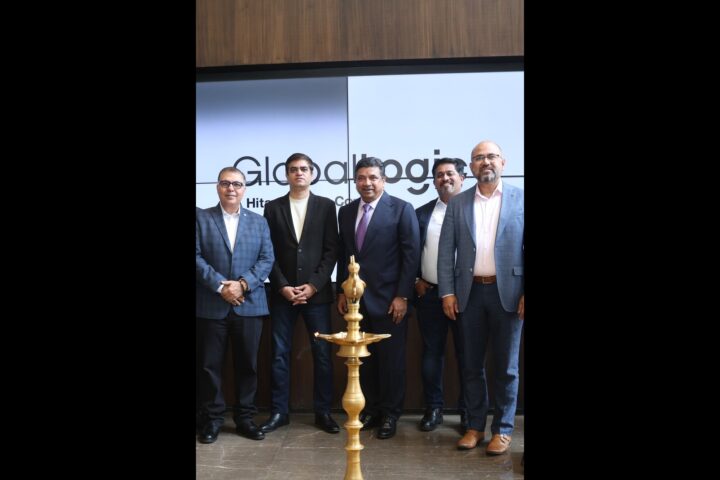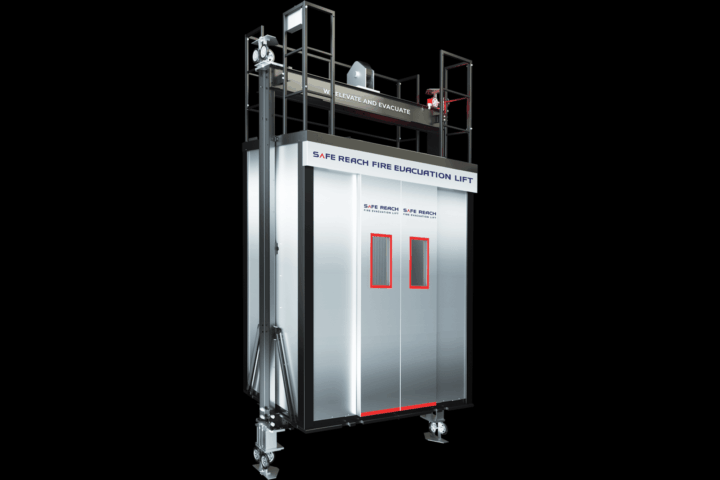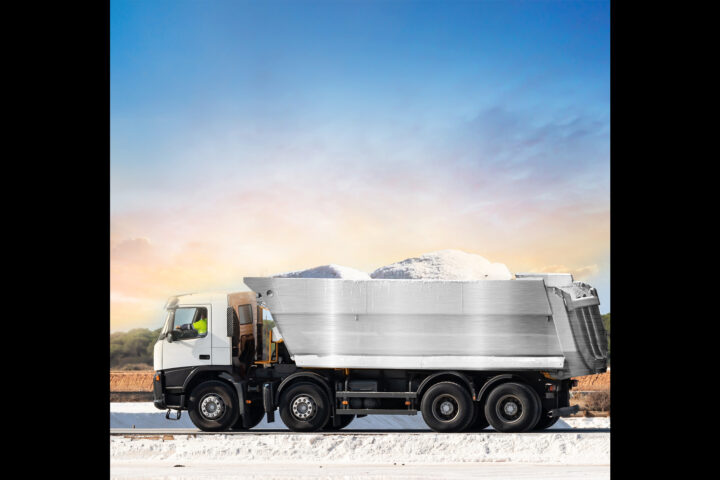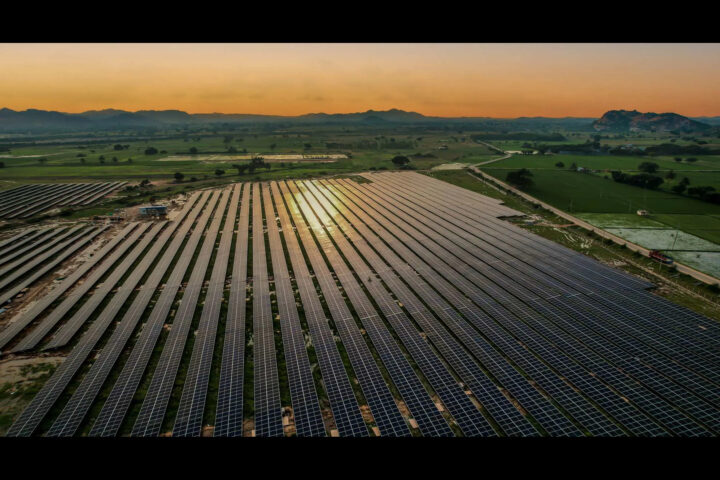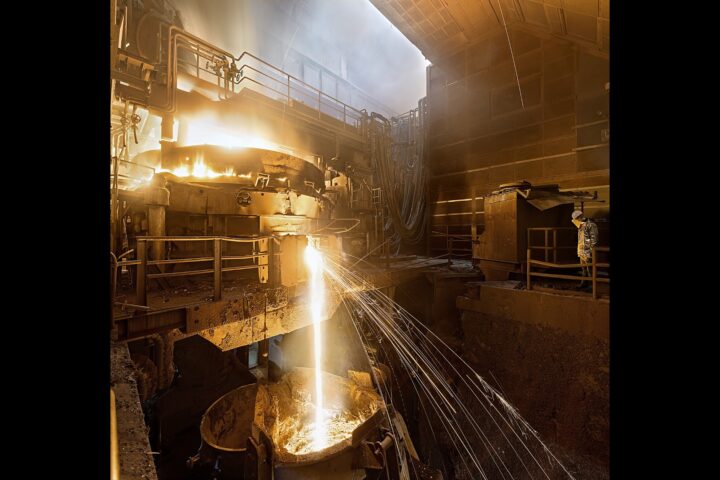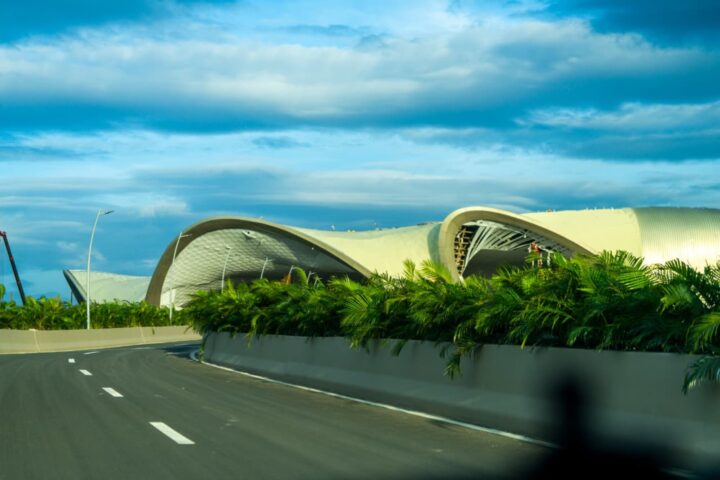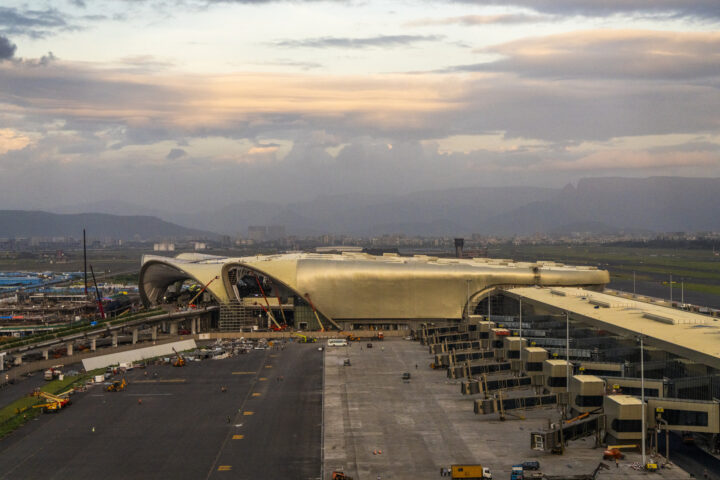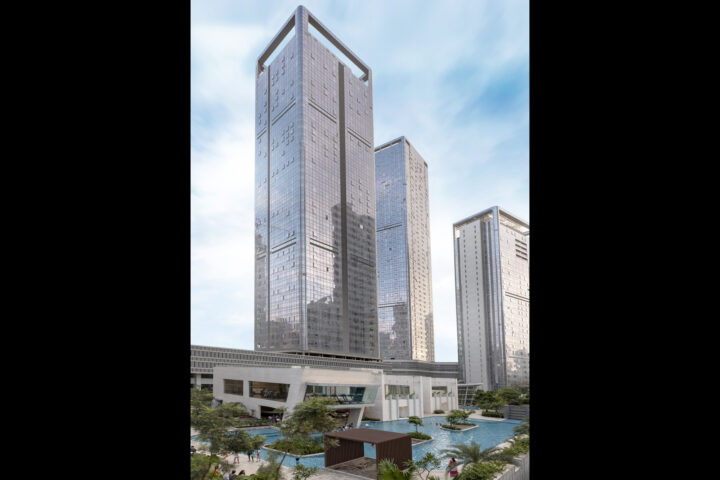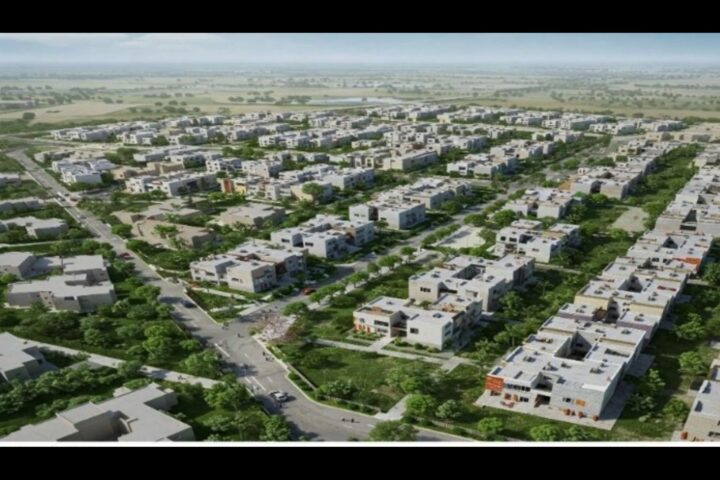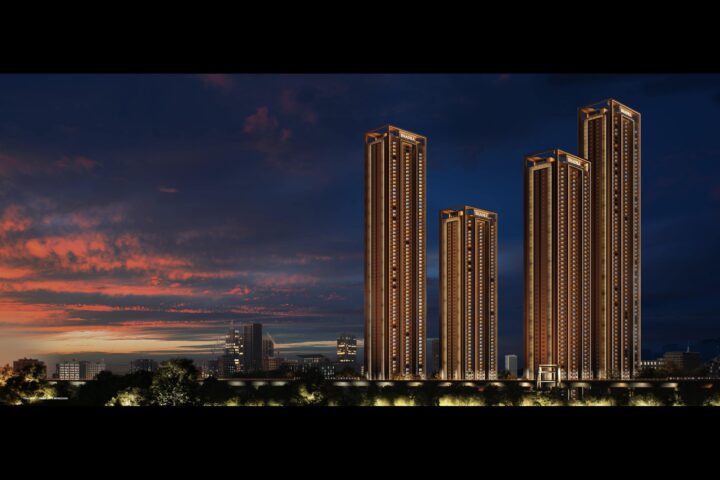The need for green mobility is more now than ever before, your comments
It is no secret that India has been battling with air pollution for a while now. Seven Indian cities are included among the world's most polluted cities by the World Health Organization (WHO). The reliance on conventional fuels has contributed significantly to carbon emissions with about 13-15 percent of India's total CO2 emissions attributed to the country's transportation industry alone. Additionally, among the transportation sector's CO2 emissions, long distance trucking contributes to 35-40 percent of all road emissions. Any national strategy to tackle climate change must not ignore this segment.The commitment to meet 'Net Zero' by 2070, and the push for LNG adoption in transportation demonstrate a concerted effort to address environmental challenges. With increased budget outlays for the Ministry of Road Transport and Highways and a focus on e-vehicle ecosystems, the government's strategy aligns with the imperative to transition towards cleaner and more sustainable transportation alternatives. So, the urgent need is to move to an alternative that is cleaner and more sustainable, like liquefied natural gas, electric etc.
How is the market for green mobility shaping up in India?
The market for green mobility in India is undergoing a transformative shift, driven by global momentum towards zero-emission freight transport and an increasing focus on environmental sustainability. The Budget Estimates 2024-25 reveal a transformative shift in India's approach to green mobility. The increased budget outlays for the Ministry of Road Transport and Highways indicate a commitment to sustainable transportation and alternate fuel sources. The government's focus on supporting manufacturing and charging infrastructure for e-vehicles, along with plans for LNG adoption, reflects a comprehensive strategy. With India achieving a 24 percent GDP emission intensity reduction from 2005 to 2016, the government's ambitious target of a 45 percent reduction by 2030 highlights the nation's commitment to combatting climate change. Additionally, India's active participation at COP-28 positions us as a proactive and influential nation in the global fight against climate change. This further strgethens India’s commitment to collaborative, innovative, and localized solutions. The government is focused on faster adoption of alternate fuel vehicles and electric vehicles (EVs) to achieve the target of carbon neutrality by 2070. In this context, India is actively exploring eco-friendly initiatives across all transportation segments. Specific to the heavy-duty transportation sector, the adoption of liquefied natural gas (LNG) in commercial vehicles emerges as a promising solution, aligning with the country's commitment to lower carbon emissions. LNG, with its lower environmental impact compared to diesel, offers a cleaner and more sustainable option for long-haul trucks, a vital component of India's logistics network. The government's strategic measures, such as plans for 1,000 LNG stations along major highways in the next three years and a significant increase in LNG capacity, signify a proactive approach to facilitate the adoption of sustainable transportation. A combination of supportive government policies, infrastructure development, technology innovation, and awareness will be crucial to facilitate India’s transition into green mobility.
How have your green mobility launched in the last two years assisting in reducing CO2 emission?
Our foray into green mobility has yielded remarkable results over the past two years, significantly contributing to the reduction of CO2 emissions. Our fleet of LNG trucks has successfully prevented over 2500 tonnes of CO2 emissions since inception. This achievement represents a tangible 30 percent reduction in emissions, addressing the environmental challenges posed by the logistics sector, which is the third-largest CO2 emitting sector in India. Our commitment to decarbonization aligns with the government's sustainability targets, making a substantial impact equivalent to the positive environmental effect of CO2 absorption by 100,000 trees in a year. The emission reduction statistics underscore the environmental benefits of our LNG trucks, showcasing a 30 percent decrease in CO2 emissions compared to diesel counterparts. These trucks not only contribute to a cleaner atmosphere by reducing noise pollution and various pollutants but also align with the larger goal of a sustainable future. As we surpass the milestone of 2500 tons of CO2 emission reduction, our vision extends beyond numbers. We aim to prevent the emission of over 1 million tons of CO2 in the next five years, setting a transformative example for the industry and fostering environmental responsibility. This Republic Day, our journey symbolizes a green transition, marking a momentous step towards a cleaner, greener future for our nation and the planet.
India being a price-sensitive nation, how challenging is it to persuade customers to switch to green mobility?
In India's price-sensitive market, transitioning customers to green mobility is a unique challenge but holds immense potential. Blue Energy Motors recognizes the importance of cost considerations and addresses them through a compelling value proposition. Our LNG trucks not only offer significant cost savings from total cost of ownership perspective but also align with the global push for cleaner transportation.
Can you please list a few of the challenges that are hindering the growth of green mobility in India?
As India progresses in green mobility and alternate fuel technologies, there is a dire need to ramp up efforts towards infrastructure development for alternate fuels such as LNG in commercial vehicles. Currently, there are only 7 operational LNG pumps which affect the ownership of LNG trucks by enterprises. However, there are plans to set up 25 more pumps in the next 3-6 months and over 1000 LNG fuel stations in the next five years. In this context, the government's focus on building a comprehensive LNG infrastructure signals the potential of LNG trucks for heavy-duty, long-haul transportation in time to come. To expedite the adoption of LNG-fueled vehicles, the government should implement a multifaceted strategy involving financial incentives, infrastructure grants, a tailored regulatory framework, public awareness initiatives, and active research and development support. The government's comprehensive strategy and the proposed Green Ports Policy can contribute significantly to India's green and sustainable future.
Can you please take us through your tie-ups to bolster green mobility in India?
Blue Energy is held by consortium of investors and I am the CEO of the company.We have a strategic partnership with FPT Industrial, part of IVECO Group, for LNG technology. At Blue Energy Motors, we are on a mission to create a clean technology alternative to decarbonize the environment by providing an immediate solution and breaking the barriers of economic returns. We believe in bringing in the best and proven technology from across the globe to the Indian market. Hence, we have partnered with world class suppliers who are leaders in their respective market for our vehicle technology and take pride in announcing that our trucks have advanced technology such as IOT, AI and machine learning to deliver best in class performance in demanding conditions.
What are the after-sales services you provide?
Our after-sales services are comprehensive, ensuring maximum vehicle uptime and customer satisfaction. We strategically position our Company-owned Company-operated (COCO) workshops nationwide, mirroring LNG fuel station operationalization. Additionally, our Workshop on Wheels (WOWs) across regions offers swift on-the-go support. Each vehicle comes with an Annual Maintenance Contract, providing peace of mind as we manage all aspects of vehicle maintenance. State-of-the-art telematics technology, BlueEdge, enhances our services by offering prognostics, diagnostics, and predictive alerts, minimizing vehicle downtime through preventive maintenance.
What are your growth plans for your organization for the next three years? Are there plans to indigenize your offering or to come up with a manufacturing plant?
Over the next three years, we plan to leverageour full manufacturing capacity and expand our footprint in the sustainable commercial vehicle sector. Having delivered over 300 trucks already, our growth trajectory is robust, underpinned by an optimistic outlook for LNG adoption in the transportation sector. Our growth plans find resonance in the budget's increased capex and focus on infrastructure. The company's commitment to leveraging manufacturing capacity aligns with the budget's vision for increased investments in infrastructure and productive capacity. Recognizing the market's evolving demands for sustainability, we remain committed to providing eco-friendly solutions. In alignment with this vision, we anticipate a steady surge in the adoption of LNG-fueled commercial vehicles, driven by developing infrastructure and increasing awareness among fleet operators and consumers. While indigenization plans are in consideration, our focus remains on efficiently meeting the rising demand for sustainable transportation solutions, contributing to a cleaner and greener future.








